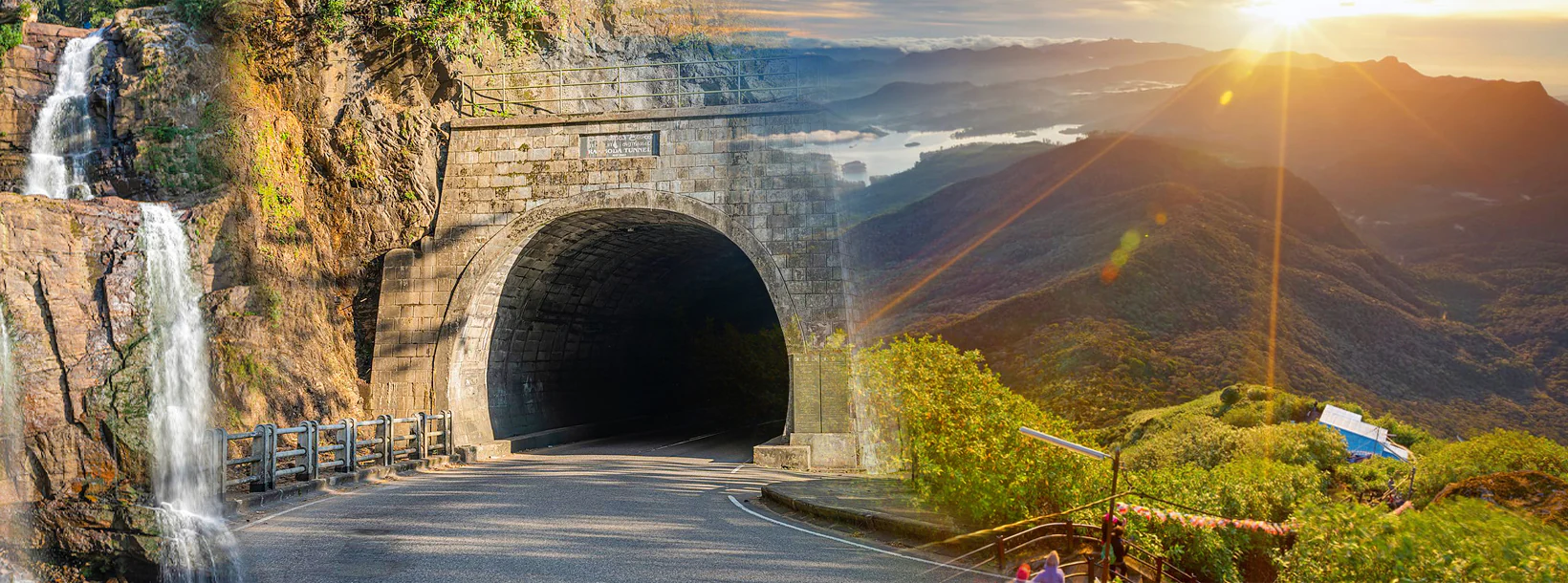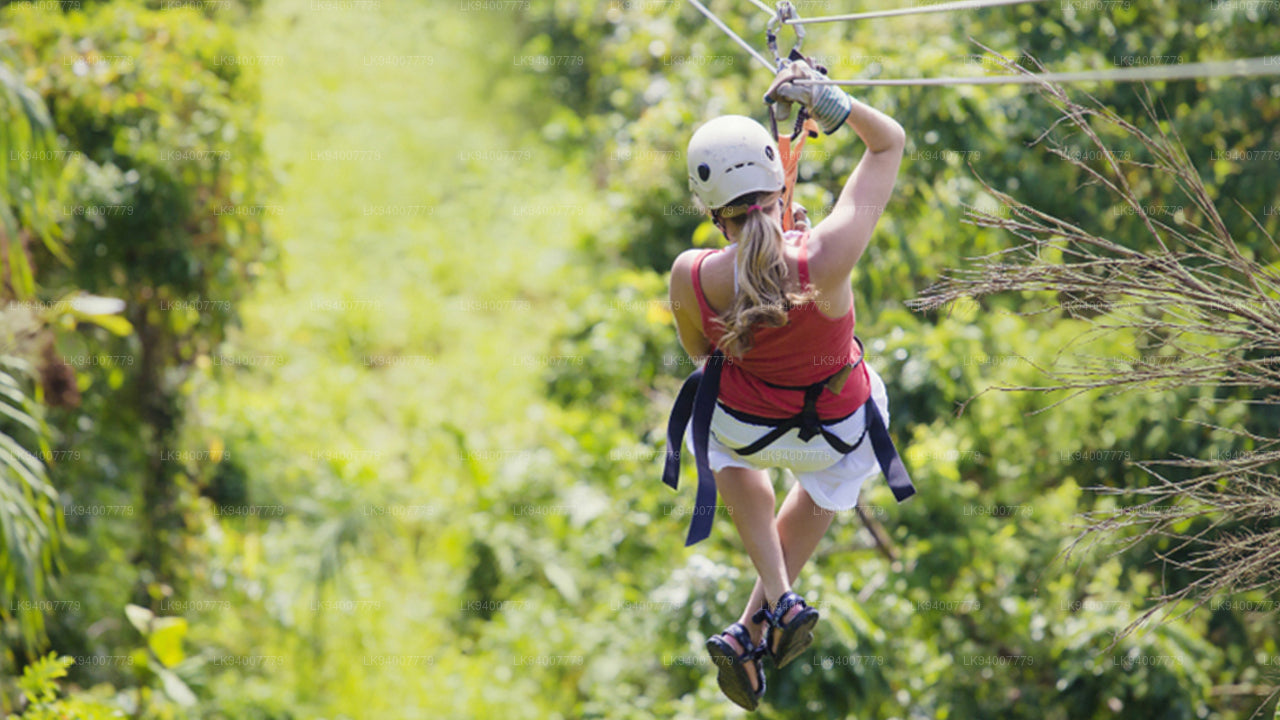
Ramboda,Sri Lanka
Ramboda: Picturesque village in Sri Lanka's hill country, known for its stunning waterfalls, tea estates, and panoramic views, ideal for nature lovers and travelers seeking tranquility.
Ramboda
About Ramboda
Ramboda is a village in Sri Lanka. It is located within Central Province. The Wavenden Estate in Ramboda is the birthplace of British Admiral of the Fleet Lord Fisher.
The Ramboda Road Tunnel is currently the longest road tunnel in Sri Lanka and is situated on the A5 highway (Perandenyia - Nuwara Eliya Road),close to Ramboda falls. It is 225 m (738 ft) long, 7 m (23 ft) wide and 5.6 m (18 ft) high. Construction of the tunnel commenced in 2006 and opened in February 2008. The tunnel cost Rs. 2,000M and was substantially funded by the Japanese Government. The 1,000 rupee banknote, issued 4 February 2011, features an artist's impression of the Ramboda tunnel, with the rock wall at the same location before construction.
About Nuwara Eliya District
Nuwara Eliya is a town of central province in Sri Lanka. It is located at an altitude of 1,868 m (6,128 ft) in the central highlands and is considered one of the most important locations for Tea production in Sri Lanka. The town is overlooked by Pidurutalagala, the highest mountain in Sri Lanka.
Due to the high altitude, Nuwara Eliya has a much cooler climate than the lowlands of Sri Lanka, with a mean annual temperature of 16 °C. But the temperature changes and sometimes it can be like 3°C. In the winter months it is quite cold at night, and there can even be frost. Although it rapidly warms up as the tropical sun climbs higher during the day.
Sinhala and Tamil is the major language spoken in the Nuwara Eliya. The population is a mixture of Sinhalese, Tamil and the Moors. Many tea plantation workers are Indian Tamils, brought over to Sri Lanka by the British in the 19th century.
Horton Plains National Park and Victoria Park are main attraction in Nuwara Eliya.
About Central Province
The Central Province of Sri Lanka consists primarily of mountainous terrain. The province has an area of 5,674 km², and a population of 2,421,148. Some major towns include Kandy, Gampola (24,730), Nuwara Eliya and Bandarawela. The population is a mixture of Sinhalese, Tamil and the Moors.
Both the hill capital Kandy and the city of Nuwara Eliya are located within the Central Province as well as Sri Pada. The province produces much of the famous Ceylon tea, planted by the British in the 1860s after a devastating disease killed all the coffee plantations in the province. Central Province attracts many tourists, with hill station towns such as Kandy, Gampola, Hatton and Nuwara Eliya. Temple tooth or Dalada maligawa is the main sacred place in Centrel province.
The climate is cool, and many areas about 1500 meters often have chilly nights. The western slopes are very wet, some places having almost 7000 mm of rain per year. The eastern slopes are parts of the mid-dry zone as it is receiving rain only from North-Eastern monsoon. The Temperatures range from 24°C at Kandy to just 16°C in Nuwara Eliya, which is located 1,889 m above sea level. The highest mountains in Sri Lanka are located in the Central Province. The terrain is mostly mountainous, with deep valleys cutting into it. The two main mountain regions are the central massif and the Knuckles range to the east of Kandy.







